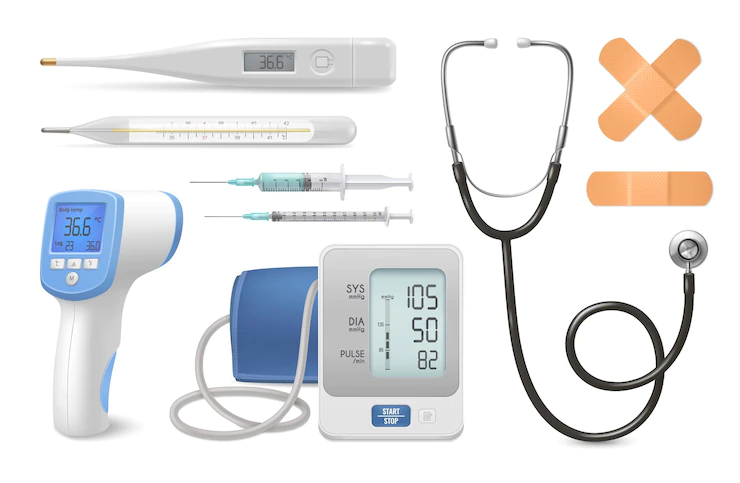Introduction to Pulse Oximeter
Pulse oximeters are medical clip-on devices attached to a finger, a wrist, or any other blood flow area for measuring oxygen saturation which can drop due to suffocation, drowning, choking, anesthesia, and many more. The pulse oximeter uses a very complex equation to calculate the exact oxygen saturation level.
There are so many options available to purchase online medical equipment in the UK. One of them is 'AHP medicals' from where you can buy the best & affordable medical equipment ok the UK including pulse oximeters.
Primary Usage: Pulse Oximeter
The Pulse Oximeter is mainly used for checking if the blood is oxygenated or not. But doctors use this medical equipment for lots of other purposes also apart from oxygen saturation. Some of them are as follows:
- To check the function of new lung medication
- To determine how effective supplemental oxygen therapy is
- To examine someone's ability to bear increased physical activity
- To monitor oxygen levels before and after surgery
Types of Pulse Oximeters
Basically, there are six main types of Pulse Oximeters which are:
- Fingertip
- Handheld
- Benchtop
- Phone-based
- Wearable (just like watches)
- Multimodal (attached with other monitors' types)
Features: Pulse Oximeter
The basic features of a pulse oximeter are as follows:
- Blood Oxygen Saturation (SpO²): The SpO² reading is basically a measurement of the amount of oxygen present in the blood. A person with SpO2 reading of 95% or more is at a normal oxygen blood level whereas a 94% or less value means low oxygen saturation in the blood. Higher altitudes' people are generally having low values of SpO².
- Pulse Rate (PR): The Pulse Rate (PR) value is the counting of the number of times the heart of a person contracts in a single minute. For the adults, the normal pulse rate (PR) value ranges from 60-100 BPM (Beats Per Minute). Generally, a person with a lower value of pulse rate is more likely to have efficient heart functioning and better cardiovascular fitness also.
- Pulse Bar Graph: In general, when the pulse beat is represented in the form of visuals, it is known as a 'pulse bar graph'. For getting the reliability of the reading, this is a useful feature to be used. The height of the pulse bar graph is directly proportional to the pulse strength, i.e., maximum the height value of the graph, more is the pulse strength, and vice-versa. Normally, the height of the pulse bar graph should be at least 30% while taking some reading.
Now, some of the advanced features of pulse oximeters are as given below:
- Alarm: The alarm feature of the pulse oximeters allows the user to define the range for the SpO² (Blood Oxygen Saturation) and PR (Pulse Rate) parameters. In case the values of both these parameters exceed the defined and limited score, the alarm will trigger as a caution.
- Plethysmograph: The Plethysmograph is basically a waveform of SpO² (Blood Oxygen Saturation) level. It gives the value of the amount of blood flow that has been detected by the pulse oximeter itself. Each wave of the Plethysmograph is related to a heartbeat and the amplitude of the wave corresponds to the amount of blood found by the pulse oximeter prior. In case the height of the amplitude of the wave stays constant throughout, then, the pulse oximeter is optimized. And, actually, that's the perfect time to take the final reading of the patient.


No comments yet